Some posts on this site contain affiliate links. If you book or buy something through these links, I earn a small commission (at no extra cost to you). Take a look at my privacy policy for more information.
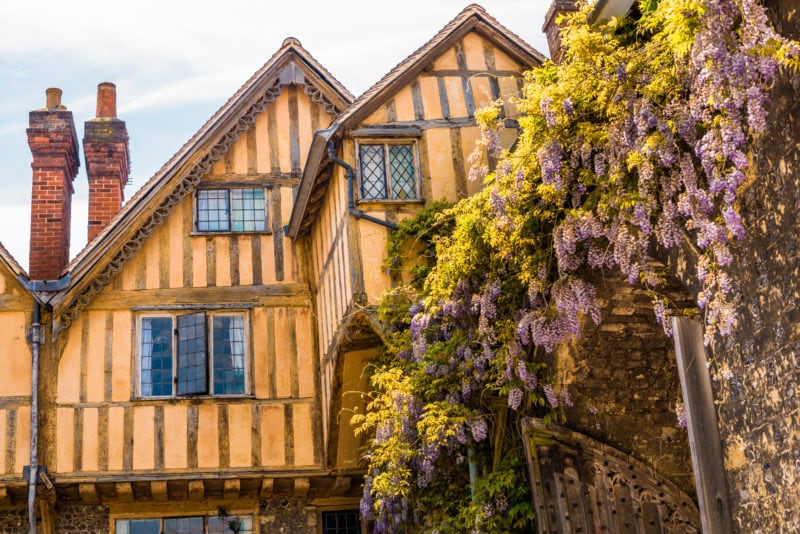
A local’s guide to the best things to do in Winchester – a historic cathedral city in the south of England…
Winchester is one of the best spots in the south of England for history. From Britain’s oldest high street to the thousand-year-old cathedral, there’s plenty to discover in this city of literature, legend and lore.
With links to one of England’s best-loved authors, Jane Austen, some seriously beautiful architecture, and a legend that King Arthur once housed his Round Table here, this small, tranquil city packs a real punch!
I lived in Hampshire for several years and have visited Winchester many times. In fact, I even spent three weeks housesitting there while I was between travels! It has a very special place in my heart and never fails to provide a lovely day out.
But I don’t think I’m biased when I say this is a perfect spot for a day trip or a weekend getaway. At just over an hour by train from Central London, it’s so easy to get to. And with dozens of beautiful, historic buildings to explore, some great eateries, and one of the most charming High Streets in England… there’s just so much to discover!
Here’s my run-down of some of the best things to do in the beautiful, historic city of Winchester. Enjoy…
- Best Things to do in Winchester
- 1. Take a Trip to Winchester Cathedral
- 2. Explore these Historic Sights on the Winchester Cathedral Grounds
- 3. Wander the Historic High Street
- 4. Visit Jane Austen’s House and Grave
- 5. Take a Day Trip to Jane Austen’s Home
- 6. Explore the Great Hall in Winchester
- 7. Don’t Miss King Arthur’s Round Table
- 8. Learn Local History at Winchester City Museum
- 9. And Learn More at Westgate Museum
- 10. Winchester City Mill
- 11. Walk the River Itchen and Winchester Water Meadows
- 12. Climb St Catherine’s Hill
- 9 Beautiful Buildings to See in Winchester
Best Things to do in Winchester
1. Take a Trip to Winchester Cathedral
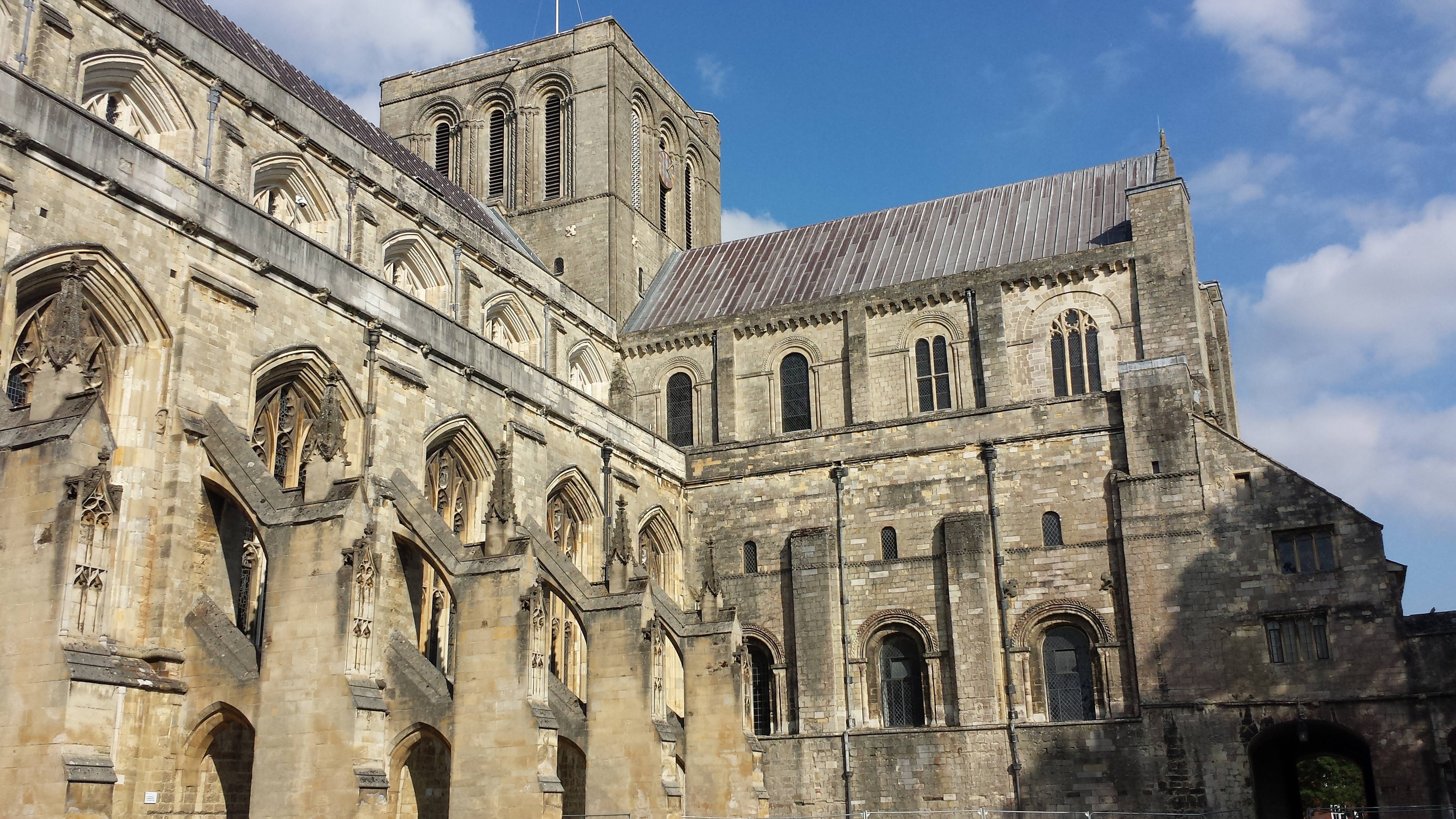
The history of Winchester’s iconic cathedral stretches back over 15 centuries, beginning life around 645AD as a small cross-shaped church at the heart of Anglo-Saxon Wessex.
As the burial place for some of the earliest kings of Wessex, including King Alfred the Great, the little church increased in size and fame over the centuries. By the year 1000 it had become a mighty cathedral, housing the bones of St Swithun (a former bishop famed for healing the lame).
It was rebuilt by William the Conqueror in the Norman Romanesque style and consecrated in 1093. By the 16th century, most of the cathedral you can see today was complete.
Even if you’re not a big history buff, Winchester Cathedral is a beautiful place to visit. The centuries-old English architecture displayed never fails to impress!
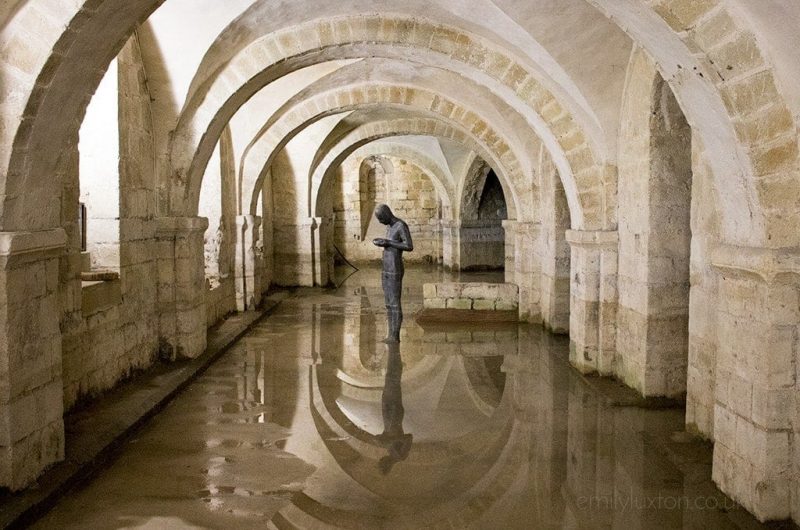
Don’t miss these treasures in the cathedral:
- The 13th-century floor tiles. These are the largest surviving spread of medieval decorated floor tiles inside any building in England!
- The 17th-century Morley Library, which still boasts its original carved shelves.
- A marble font which was brought in Tournai (part of modern-day Belgium) in the 12th century.
- The Winchester Bible – one of the best surviving 12th-century English bibles.
- Antony Gormley’s sculpture Sound II, which is housed in the atmospheric crypts below the cathedral. You can take a guided Crypt Tour to see it.
2. Explore these Historic Sights on the Winchester Cathedral Grounds
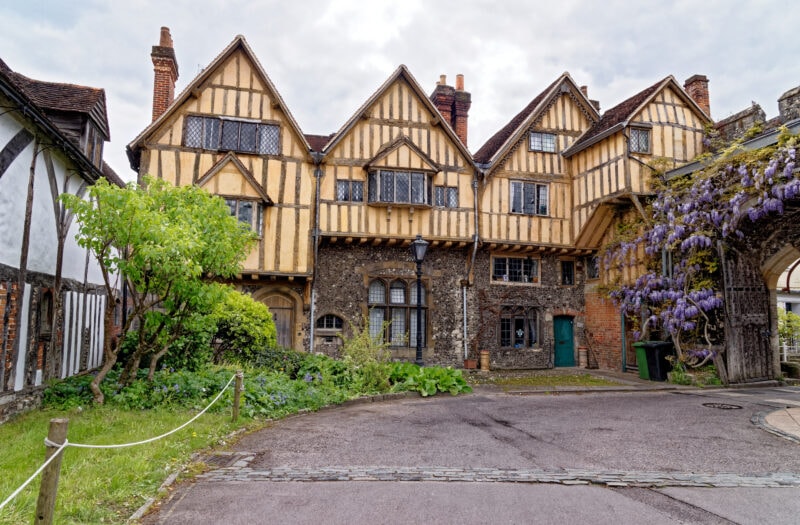
On the cathedral’s wider grounds, you can also view dozens of historic sites. Don’t miss these gorgeous buildings:
- Cheyney Court: an Elizabethan timber-framed building dating from 1479.
- The four Norman arches of the Chapter House arcade, which are the last few traces of the old monastery buildings.
- Curle’s Passage: an arched pedestrian passageway dating from 1632.
- Pilgrim’s School and Pilgrim’s Hall: a historic prep school. The main building was redesigned by Sir Christopher Wren in the 17th century, but the school also incorporates a medieval hall and barn.
- Priory Gate: the entrance to Cathedral Close, a 15th-century stone gate which is clad in wisteria during summer.
- The Deanery: a Grade I listed building known for its beautiful gardens.
- Finally, in the Outer Close, you’ll also find the excavated site of the Saxon Old Minster and the New Minster that replaced it.
READ MORE: My Day Trip to Winchester
3. Wander the Historic High Street
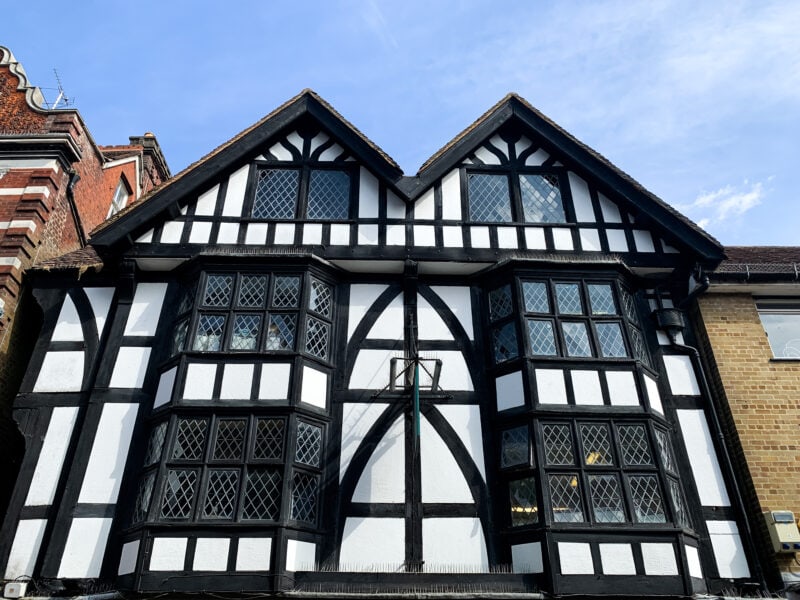
Winchester claims to have one of the oldest high streets in England. In fact, it’s possibly the oldest, and is lined with many incredible, listed buildings. Wander along it to admire the stunning half-timbered facades and other historic buildings.
Don’t miss the remains of the ancient gatehouse at the top of the high street, part of the old city walls, or the impressive Winchester City Hall at the other end.
There are, of course, many of the common English high-street brands here. But there’s also a big movement towards independent shopping across Winchester, and the High Street is home to many lovely local boutiques you won’t find anywhere else.
For more great indie shops, you should also head to Parchment Street and Jewry Street. And DON’T miss the fantastic P&G Wells bookshop on College Street!
4. Visit Jane Austen’s House and Grave
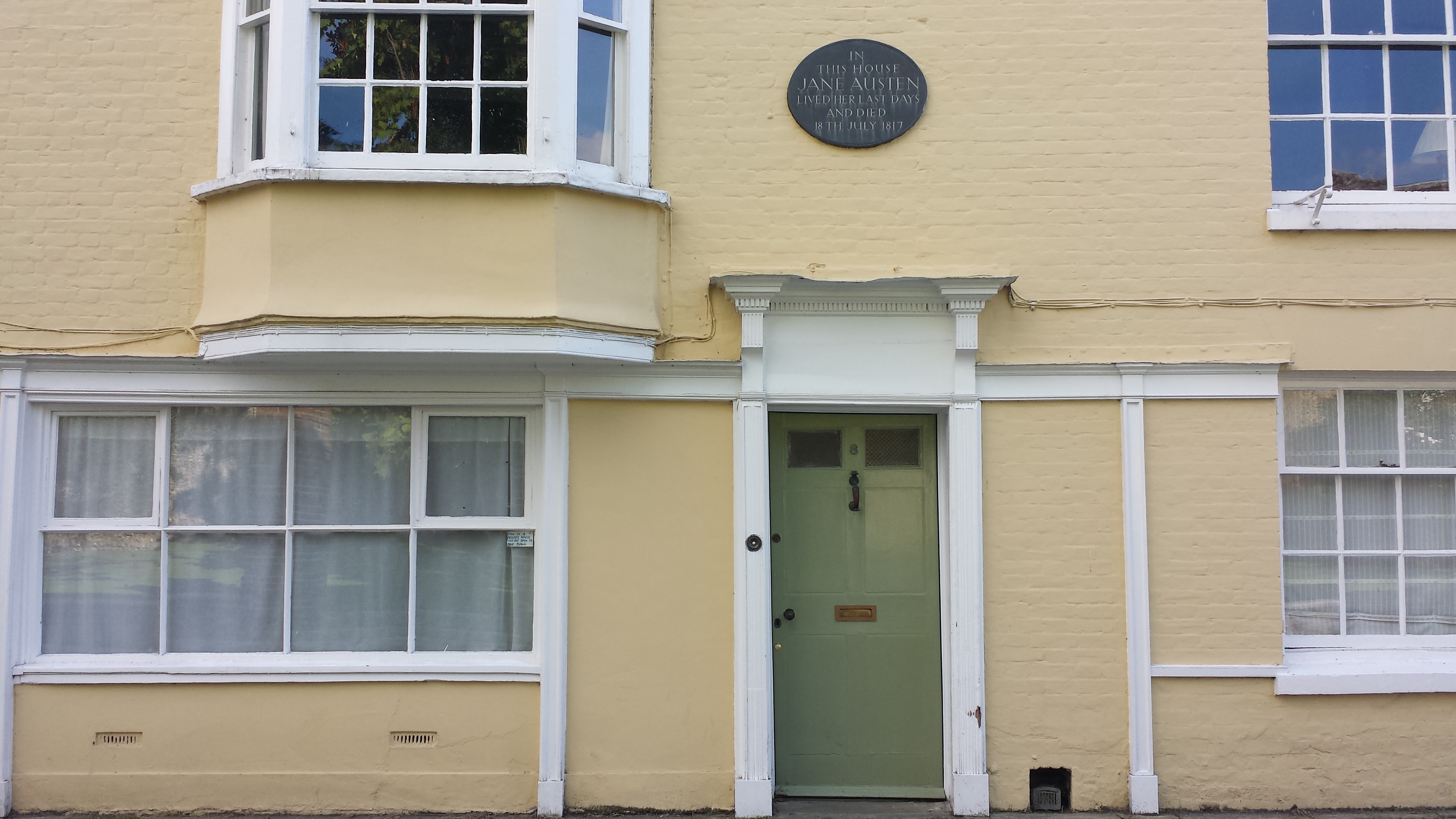
Jane Austen was born in Hampshire and spent most of her life in the county, basing many of her works on its landscapes, towns, and people.
In Winchester, fans of the great writer can visit the home where she spent her last days in order to be closer to her doctor. You can also visit her grave in the nave of the Winchester Cathedral.
Sadly, the small yellow house on College Street can only be viewed from the outside. A brass plaque above the door announces the connection to the beloved writer. Both this and Austen’s grave in the Cathedral make a great final stop on a Jane Austen tour of Hampshire.
5. Take a Day Trip to Jane Austen’s Home
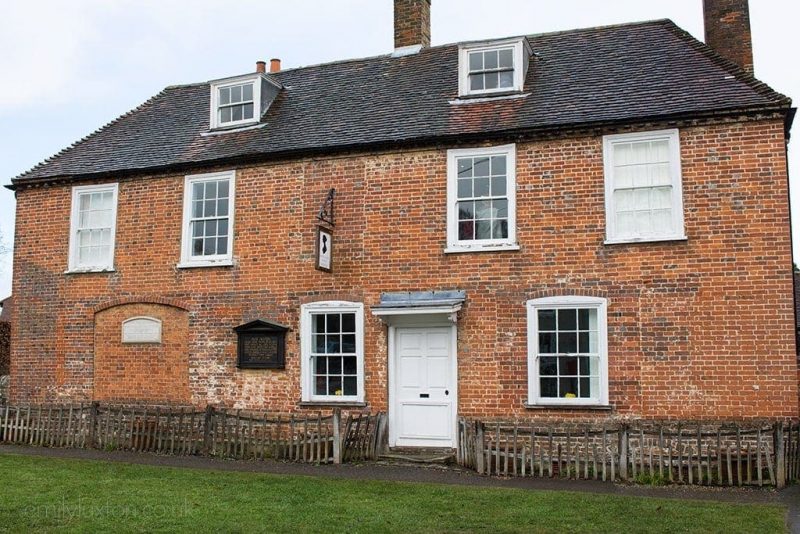
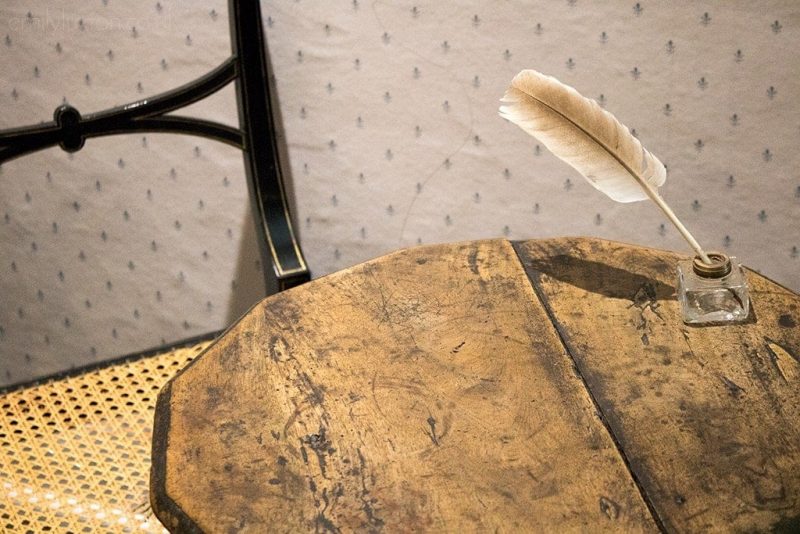
Literature fans should also head to Jane Austen’s House in the village of Chawton, about 25 minutes from Winchester. You can actually explore this house, which is still decorated as it was in the writer’s day – complete with her tiny writing table.
In this house, the great author wrote six of her novels. You can explore a huge collection of treasures, including letters, paintings, and clothing. Well worth a day trip for any lovers of English literature.
6. Explore the Great Hall in Winchester
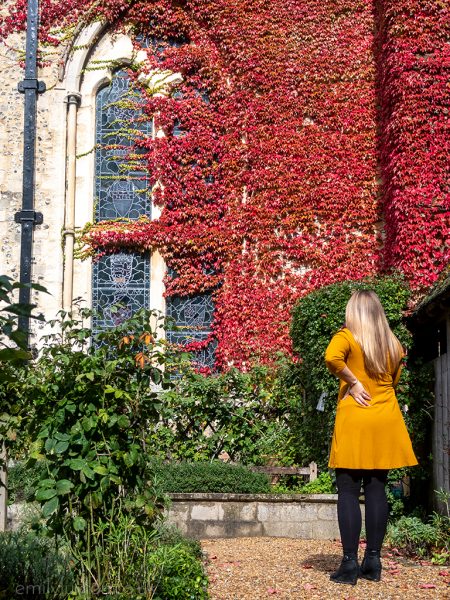
The Great Hall is all that remains of a castle originally constructed for William the Conqueror in 1067. Once linked (incorrectly) with the legends of King Arthur, the castle saw many royal dramas unfold until its destruction.
Edward I and his second wife narrowly escaped death from a fire there in 1302, during the English Civil War it was held by Royalists until 1646, Sir Walter Raleigh stood trial here in 1603, and Queen Eleanor of Provence used the garden alongside the hall as her own private retreat.
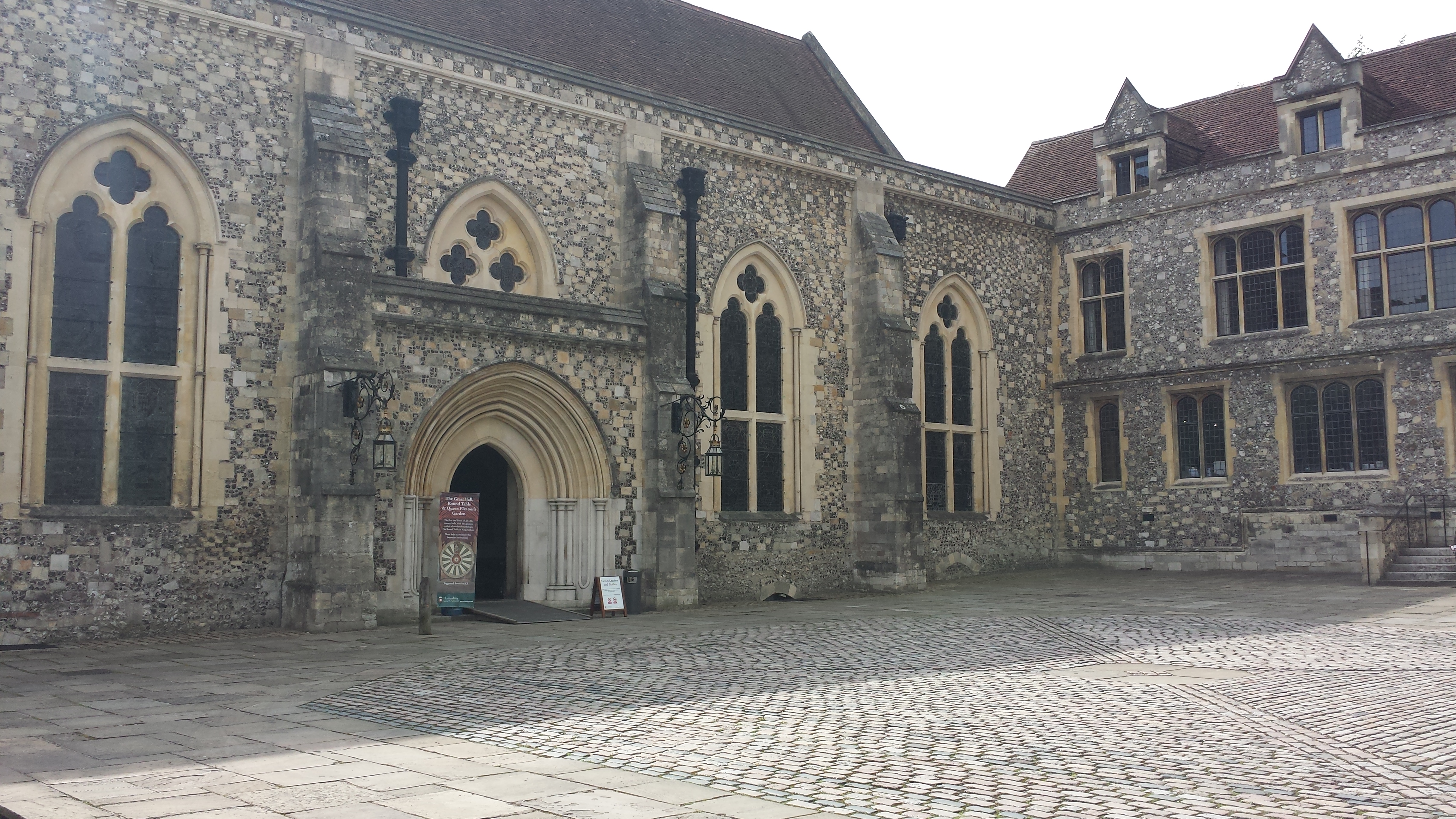
As well as exploring the enormous space of the Great Hall, with its marble pillars and ancient stone walls, you can take a stroll in a recreation of Queen Eleanor’s Garden, or descend the stone steps outside the hall down to the Sally Port, a slightly creepy underground passageway.
7. Don’t Miss King Arthur’s Round Table
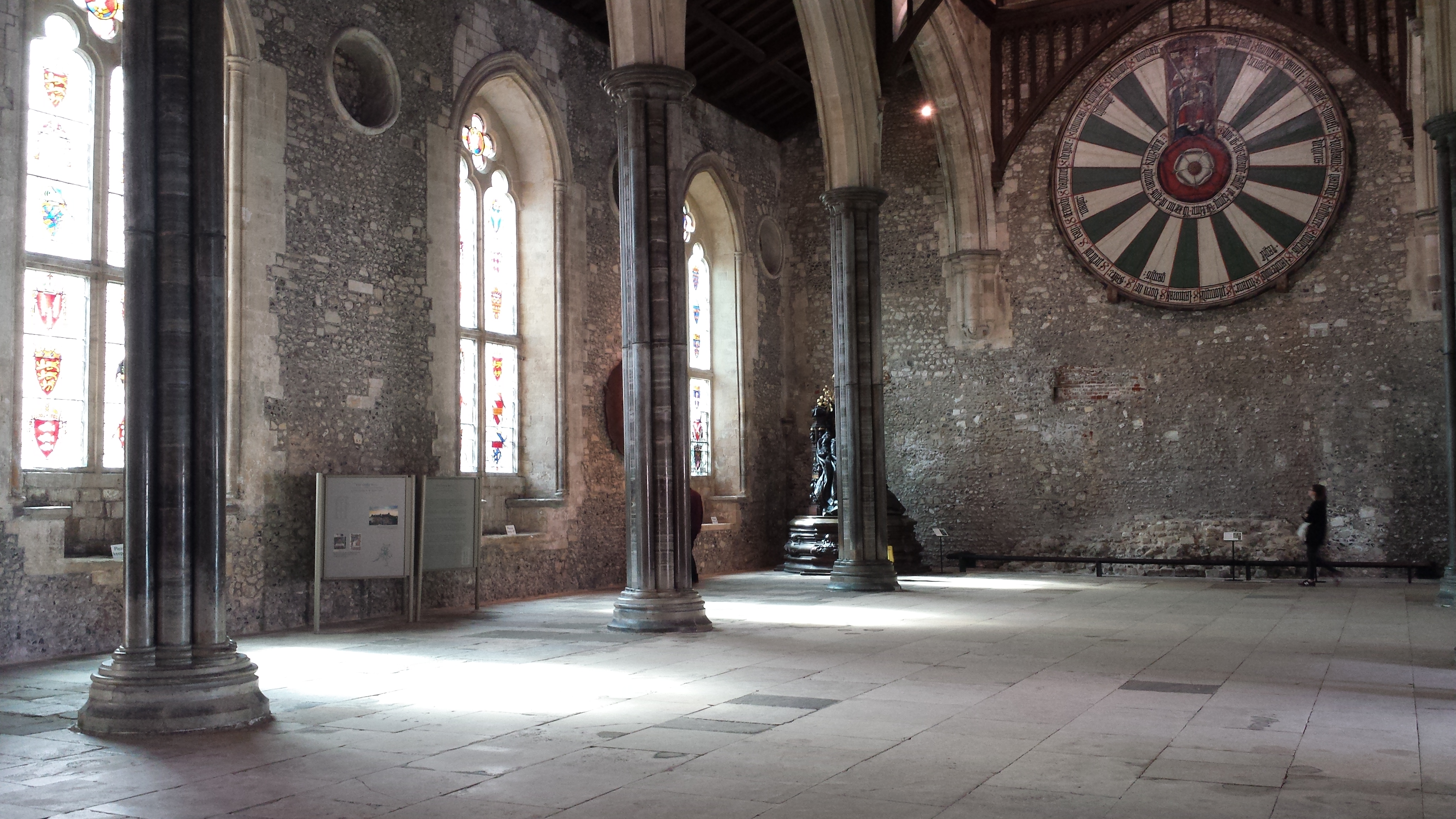
Winchester’s Great Hall was once said to be where King Arthur held his famous meetings of the Round Table. The hall is still home to a massive circular wooden table, mounted on the wall and painted with the names of Arthur’s 24 knights.
Sadly it’s not old enough to be the round table. But ti’s still an impressive piece of history! Carbon dating and tree ring evidence suggest the table was built during the 13th or 14th century, and written records prove it has hung on the wall in the Great Hall since at least 1540
Still impressively antiquated, but simply not old enough to have ever known the Once and Future King, the huge oak table is thought to have been crafted in about 1290 for a tournament near Winchester for Edward I. The paintings and names were added during King Henry VIII’s reign, with King Arthur’s portrait above a Tudor Rose.
8. Learn Local History at Winchester City Museum
Winchester City Museum (free to enter) you’ll find a whole lot of information about the whole history of the city, starting at the Roman roots and working right up to the Victorian era.
Winchester also boasts five military museums, including the popular Gurkha museum.
9. And Learn More at Westgate Museum
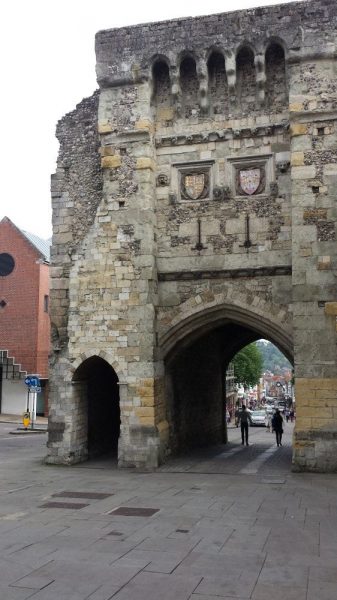
The Westgate Museum (free admission) is housed within the last of the main medieval gates into the city, a fascinating Grade-1 listed building at the top of the high street. Here, visitors can learn about the era of the Tudors and Stuarts and how they shaped the city. You’ll also discover the history of Britain’s first high street, the English Civil War, and much more.
From the roof of the museum you can enjoy fabulous views of the high street and the town’s significant historic buildings.
10. Winchester City Mill
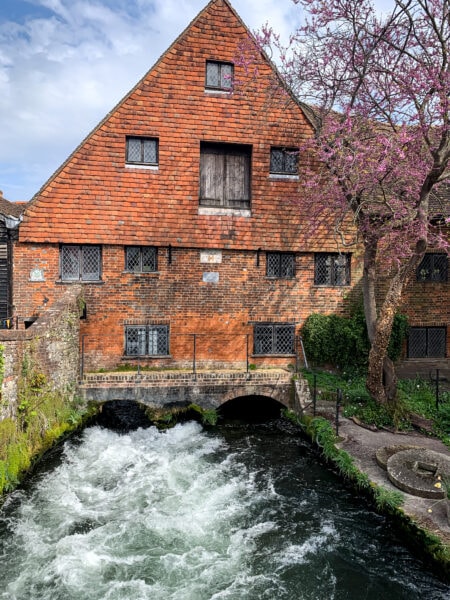
This beautifully restored water mill on the River Itchen is one of the oldest buildings in the city. In fact, Winchester City Mill is one of the oldest watermills in the UK: first recorded in the Domesday Book of 1086!
Today, the mill is managed by the National Trust. Visit to see the water mill and discover its long history. The mill is also the official gateway to the South Downs National Park – so there’s a lot of information about local walks and nearby attractions.
11. Walk the River Itchen and Winchester Water Meadows
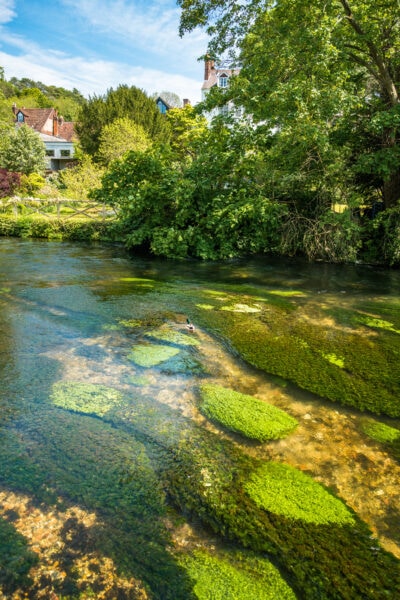
One of the best things about Winchester is that it doesn’t really feel like a city. Sitting on the banks of the scenic River Itchen, the picturesque town centre has a sleepy, countryside feel.
You can set off for a short river walk along the Itchen from the City Mill to escape the city for a while and immerse yourself in nature. This route will take you through the Water Meadows, where the chalk river is surrounded by swathes of wetlands. This tranquil landscape inspired Keates to write his famed poem To Autumn.
12. Climb St Catherine’s Hill
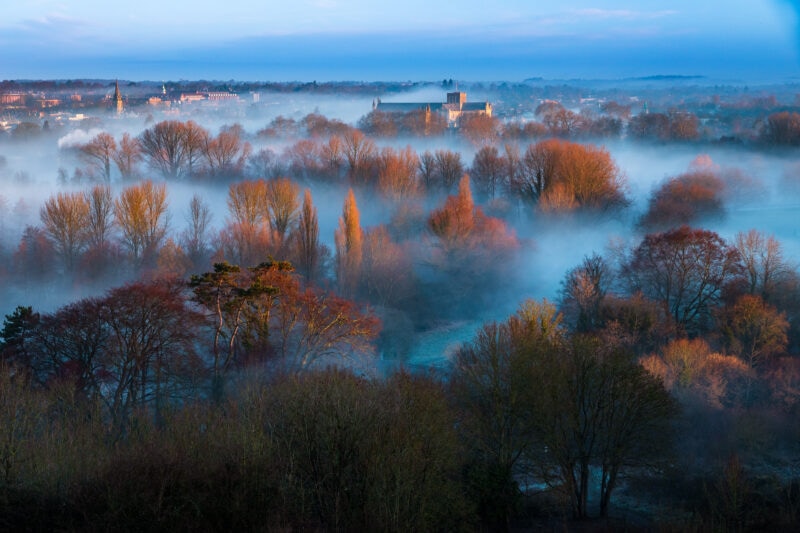
Just on the edge of Winchester, St Catherine’s Hill is a lovely nature reserve on a chalk downland hill. The climb looks worse from the bottom than it actually is, and is well worth it. From the top, you can enjoy some spectacular views of the city.
Summer is a particularly good time to visit the hill, when the grassy downland is filled with colourful wildflowers and butterflies.
9 Beautiful Buildings to See in Winchester
While you’re exploring the city, look out for these fascinating and beautiful sites…
King Alfred’s Statue – a bronze statue of King Alfred the Great, dating from 1901.
The High Cross, or the City Cross – a 15th-century monument found on the high street.
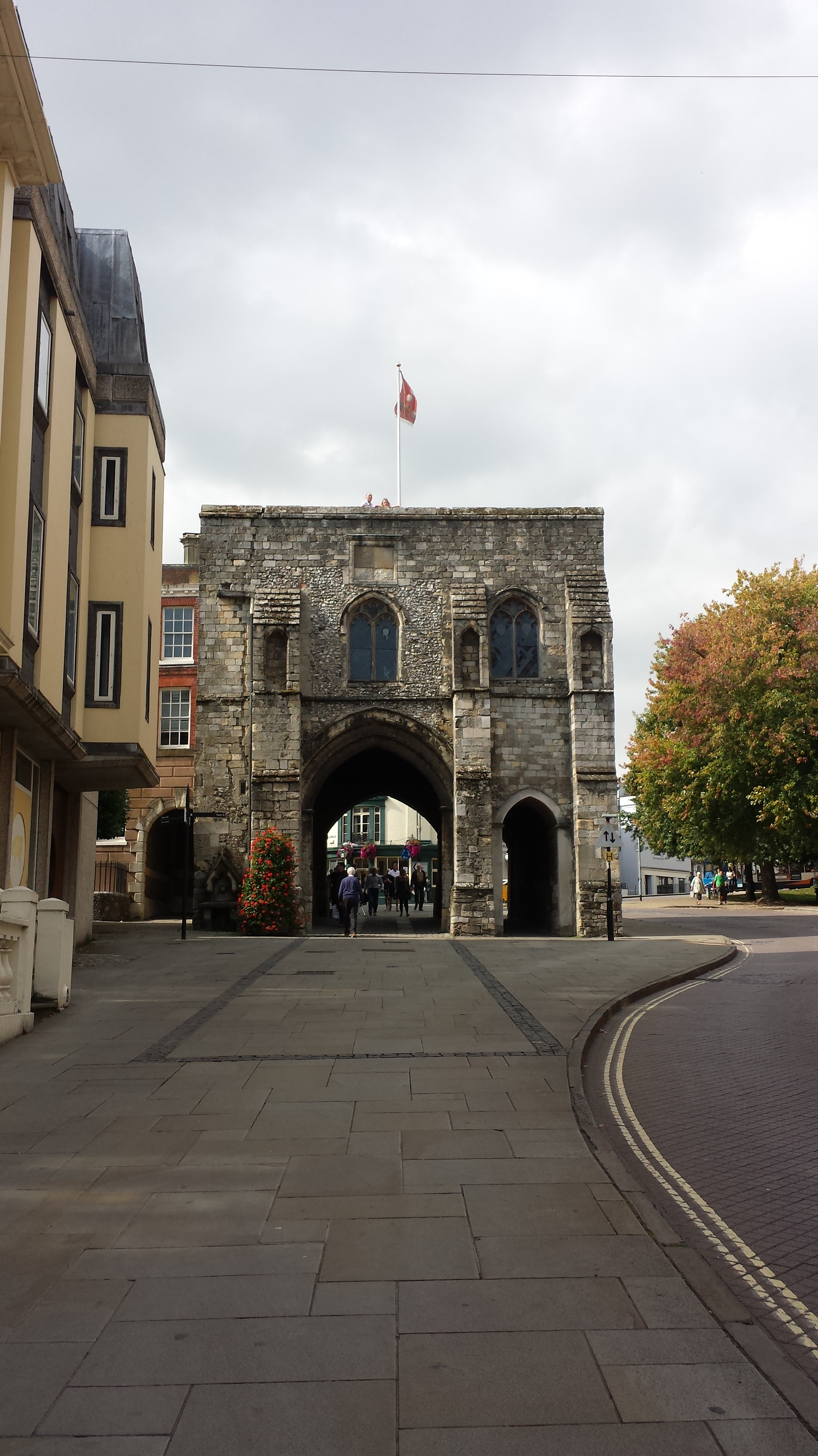
The Manor of God Begot – a stunning half-timbered Tudor building on the high street, now home to a chain restaurant. The Manor of God Begot was given by the Duke of Normandy to his daughter Emma in 1012. This came ten years after he’d already given her the cities of Winchester and Essex as a wedding present when she married the excellently named Ethelred the Unready!
Hyde Gate – a 15th-century gateway which is one of the last remaining sections of Hyde Abbey.
The Hospital of St Cross – a hospital founded in the 1130s by Bishop Henry of Blois for “thirteen poor men, feeble and so reduced in strength that they can scarcely or not at all support themselves without other aid”.
Winchester College – a beautiful building which is one of the oldest continuously-running schools in the country, and was founded by Bishop William of Wykeham.
Wolvesey Castle – the ruins of a castle built between 1130 and 1140 by Bishop Henry of Blois and the scene of Empress Matilda’s assault on the bishop during the period known as The Anarchy.
St Mary’s Abbey – The ruins of The Nunnaminster, a nunnery dating back to 903 which later became known as St Mary’s Abbey.
Hockley Viaduct – a 110-year-old Victorian viaduct of 33 arches built in beautiful red brick.
Are there any more great things to do in Winchester or nearby? Scroll down to leave a comment.


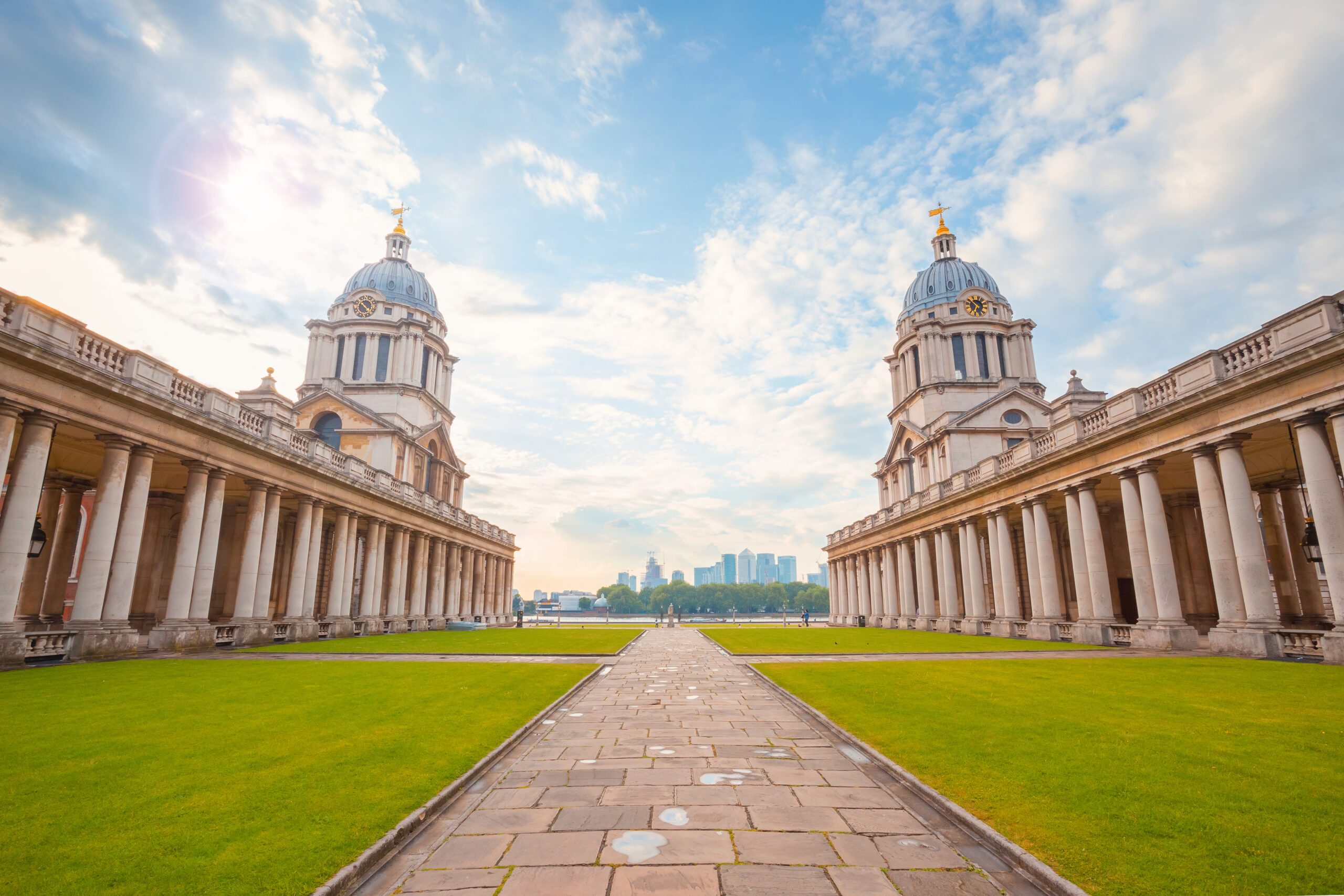

Great round-up of the area. I used to live nearby and Winchester is a lovely city to visit :)
Thank you! I really enjoyed Winchester and have a more detailed post about it coming soon!